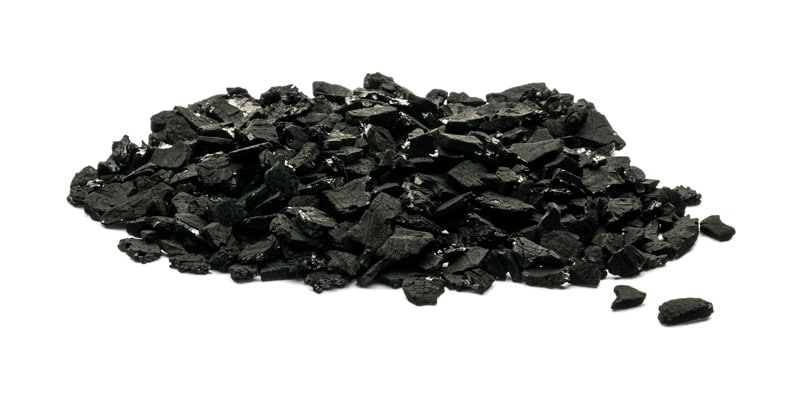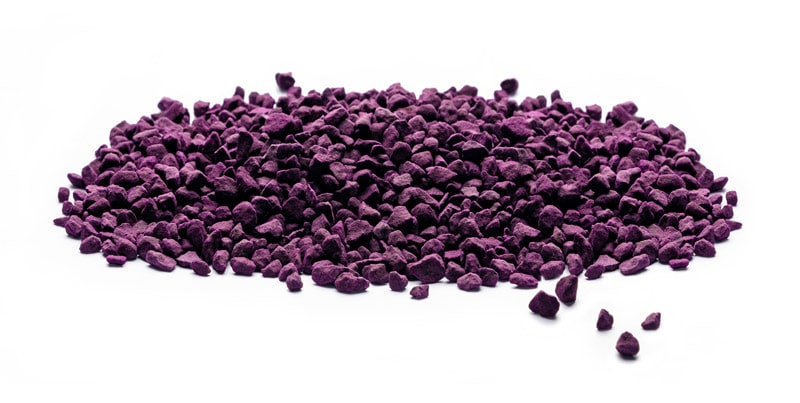Air Pollutants
Search for your pollutant, contaminant or concern for a product
Creosote
Creosote is the portion of chemical products obtained by the distillation of a tar that remains heavier than water, notably useful for its anti-septic and preservative properties.[1] It is produced in some quantities from the burning of wood and coal in blast furnaces and fireplaces; commonly found inside chimney flues when the wood or coal burns incompletely, producing soot and tarry smoke, and is the compound responsible for the preservation and the flavor of meat in the process of smoking. The name is derived from the Greek kréas (κÏÎας), meaning “flesh”, and sÅtÄ“r (σωτήÏ), meaning “preserver”.[2]
The two main types in industrial production are wood-tar creosote and coal-tar creosote — the coal-tar variety, having stronger and more toxic properties, has chiefly been used as a preservative for wood; while the wood-tar variety has been used for meat preservation, wood treatment, and for medicinal purposes as an expectorant, anti-septic, astringent, anaesthetic and laxative, though these have mostly been replaced by newer medicines. Coal-tar creosote had also in the past been used as an escharotic to burn malignant skin tissue and in dentistry to prevent necrosis, but no longer is used that way because of its toxic, carcinogenic properties and because better and safer treatments are now available. Varieties of creosote have also been made from both petroleum and oil shale called oil-tar creosote, when derived from the oil tar, and water-gas-tar creosote when derived from the water gas tar. Creosote also has been made from pre-coal formations such as lignite, giving to lignite-tar creosote and peat, giving to peat-tar creosote.
Creosotes are commercially valuable, and therefore are produced industrially on a large scale, either for direct use, or as raw material for the production or extraction of various chemicals. There are several other names for such fluids, but most aren’t trustworthy, being regional, or applying only some variants of them, or to other fluids as well. For example, pitch oil is used both for some kinds of creosote-like fluids and for kerosene.
Media Solution
Cresol
Cresols are organic compounds which are methylphenols. They are a widely occurring natural and manufactured group of aromatic organic compounds which are categorized as phenols (sometimes called phenolics). Depending on the temperature, cresols can be solid or liquid because they have melting points not far from room temperature. Like other types of phenols, they are slowly oxidized by long exposure to air and the impurities often give cresols a yellowish to brownish red tint. Cresols have an odor characteristic to that of other simple phenols, reminiscent to some of a “coal tar” smell.
Media Solution
Cyclohexane
Cyclohexane is a cycloalkane with the molecular formula C6H12. Cyclohexane is used as a nonpolar solvent for the chemical industry, and also as a raw material for the industrial production of adipic acid and caprolactam, both of which being intermediates used in the production of nylon. On an industrial scale, cyclohexane is produced by reacting benzene withhydrogen. Because of its unique chemical and conformational properties, cyclohexane is also used in labs in analysis and as a standard. Cyclohexane has a distinctive detergent-like odor, reminiscent of cleaning product (in which it is sometimes used).
Media Solution
Cyclohexanol
Cyclohexanol is the organic compound with the formula (CH2)5CHOH. The molecule is related to cyclohexane ring by replacement of one hydrogen atom by a hydroxyl group.[2] This compound exists as a deliquescent colorless solid, which, when very pure, melts near room temperature. Billions of kilograms are produced annually, mainly as a precursor to nylon.
Media Solution
Decane
Decane is an alkane hydrocarbon with the chemical formula CH3(CH2)8CH3.
75 structural isomers of decane exist,[2] all of which are flammable liquids. Decane is one of the components of gasoline (petrol). Like other alkanes, it is nonpolar and therefore will not dissolve in polar liquids such as water. It has a surface tension of 0,0238 N·m−1.
Media Solution
Dibromoethane
1,1-Dibromoethane is a clear, slightly brown, flammable chemical compound. It has the chemical formula C2H4Br2.
1,2-Dibromoethane, also known as ethylene dibromide (EDB), is the chemical compound with the formula BrCH2CH2Br. Although trace amounts occur naturally in the ocean, where it is formed probably by algae and kelp, it is mainly a synthetic. This a colorless liquid with a sweet odor, detectable at 10 ppm, is a widely used and sometimes-controversial fumigant.
Media Solution
Dichlorobenzene
1,4-Dichlorobenzene (para-dichlorobenzene, p-DCB, PDB) is an organic compound with the formula C6H4Cl2. This colorless solid has a strong odor. It consists of two chlorine atoms substituted at opposing sites on a benzene ring. p-DCB is used a pesticide and a deodorant, most familiarly in mothballs in which it is a replacement for the more traditionalnaphthalene.[1] p-DCB is also used as a precursor in the production of the polymer poly(p-phenylene sulfide).
Media Solution
Dichlorodifluoromethane
Dichlorodifluoromethane (R-12), is a colorless gas, and usually sold under the brand name Freon-12, is a chlorofluorocarbon halomethane (CFC), used as a refrigerant and aerosol spray propellant. Complying with the Montreal Protocol, its manufacture was banned in the United States along with many other countries in 1994 due to concerns about damage to theozone layer.[1] It is soluble in many organic solvents.
Media Solution
Dichlorodimethylhydatoin
Dimethyldichlorosilane is a tetrahedral, organosilicon compound with the formula Si(CH3)2Cl2. At room temperature it is a colorless liquid that readily reacts with water to form both linear and cyclic Si-O chains. Dimethyldichlorosilane is made on an industrial scale as the principal precursor to dimethylsilicone and polysilane compounds.
Media Solution
Dichloroethane
The chemical compound 1,2-dichloroethane, commonly known by its old name of ethylene dichloride (EDC), is a chlorinated hydrocarbon, mainly used to produce vinyl chloridemonomer (VCM, chloroethene), the major precursor for PVC production. It is a colourless liquid with a chloroform-like odour. 1,2-Dichloroethane is also used generally as an intermediate for other organic chemical compounds and as a solvent. It forms azeotropes with many other solvents, including water (b.p. 70.5 C) and other chlorocarbons.
 HS-AC
HS-AC
 HS-600
HS-600